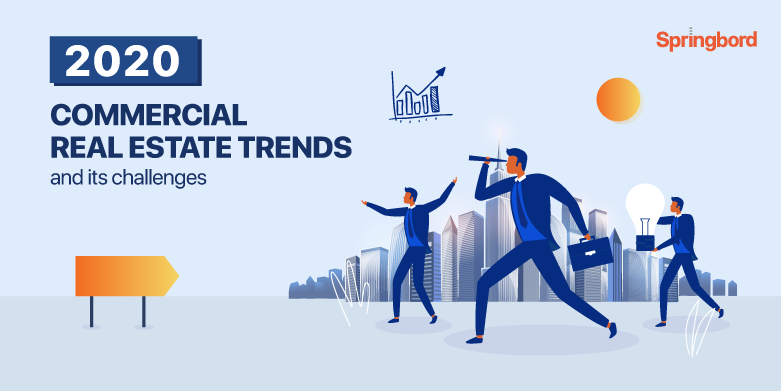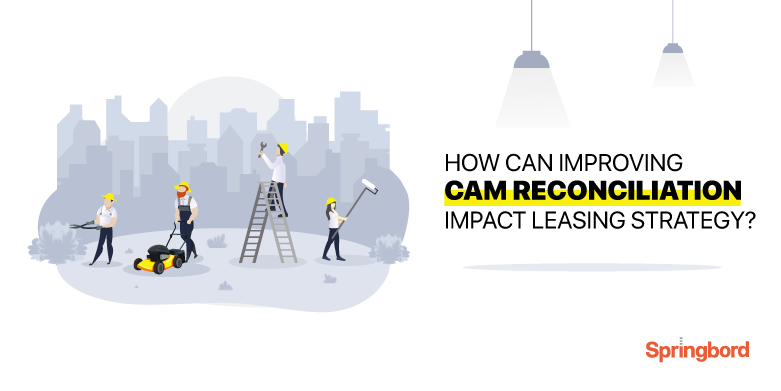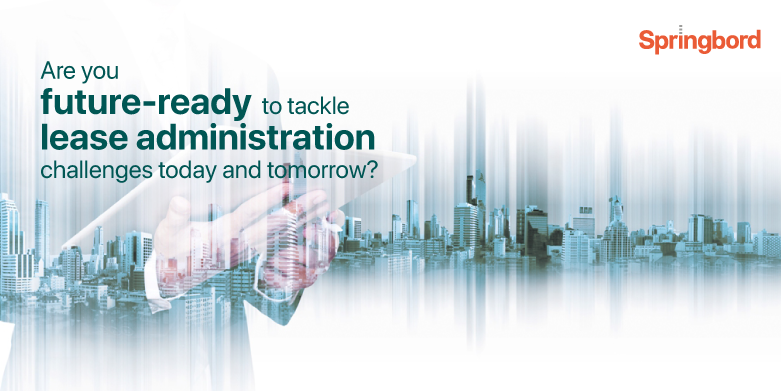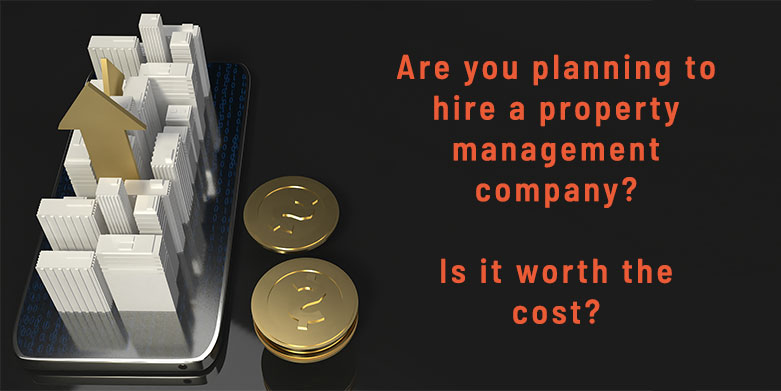The real estate industry is already undergoing a drastic economic, business and social transformation. While most of these trends are already evident, as we kickstart the new year, let’s look at some of the key trends and their implications. Commercial real estate players would not only have broader and newer market opportunities and smarter value
Common Area Maintenance (CAM) reconciliations for commercial properties can be a nerve-racking task. It is given that commercial real estate accounting can be challenging and tricky if not done diligently and timely. This is one area that is prone to human errors. Due to inaccurate and incomplete CAM reconciliations landlords not only suffer huge negative
Constantly evolving technologies and shifting business norms are redefining the commercial real estate industry, which is also growing at a rapid pace. Given the new reality and the changing trends, governments and investors not just expect a profitable business but are increasingly focusing on commercial property sustainability. Since commercial properties significantly contribute to energy use
Poor commercial lease management can result in some very damaging issues including missed deadlines, error in tracking critical dates, data inaccuracies, and risk of non-compliance and subsequent penalties. While managing an expansive lease portfolio is a tedious, complex and demanding process, if not done efficiently it can have significant negative business, financial and reputational impact.
Augmented reality (AR) and virtual reality (VR), these emerging technologies have found their application across many industry sectors. In fact, they are turning out to be game changers within the manufacturing sector. Similarly, AR/VR is also making strides in real estate, shifting the way businesses stage, sell and market their properties and the way potential
Common area maintenance (CAM) reconciliations are important as the money recovered is used to operate and maintain the property. Commercial property CAM reconciliation is complex, arduous and time-consuming task. It demands focused and meticulous review of multiple leases and accurate calculation of tenant share based on lease terms, granted modifications and other pre-determined expense caps.
Both Financial Accounting Standards Board (FASB) and the International Accounting Standards Board (IASB) brought in sweeping changes, compelling real estate industry to rethink not just lease accounting but also lease administration processes. Aside from extensive regulatory changes, proliferation of digital technology, changing stakeholders’ expectations, volatile economic environment and intensifying competition continue to present daunting challenges
The US Law defines CAM charges as the expense that a tenant is expected to pay up on a pro-rata basis towards the annual maintenance, repair and operation of common utility areas, as incurred by the landlord / property owner. In the real scenario, CAM charges are basically whatever the landlord has mentioned in the
Real estate players are increasingly installing lease administration and accounting software. Given the stringent compliance mandate by International Accounting Standards Board (IASB) and the US Financial Accounting Standards Board (FASB), expansive portfolios and complex nature of transactions, software applications have become rather mainstream. While some prefer to go for a single vendor approach for both
Commercial real estate can be a very lucrative business but managing it is a different ball game altogether. All things considered, commercial property management can be tedious, complex and extremely time-consuming. It is a demanding process and if not done well can negatively impact business. Hiring a property management can help run operations smoothly, but











